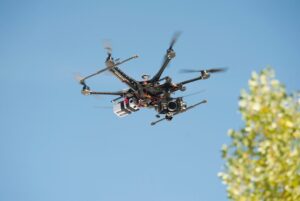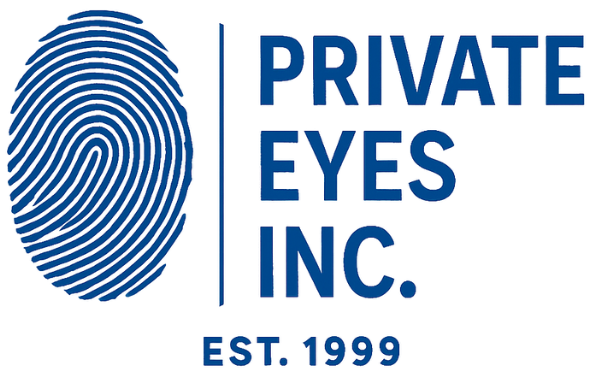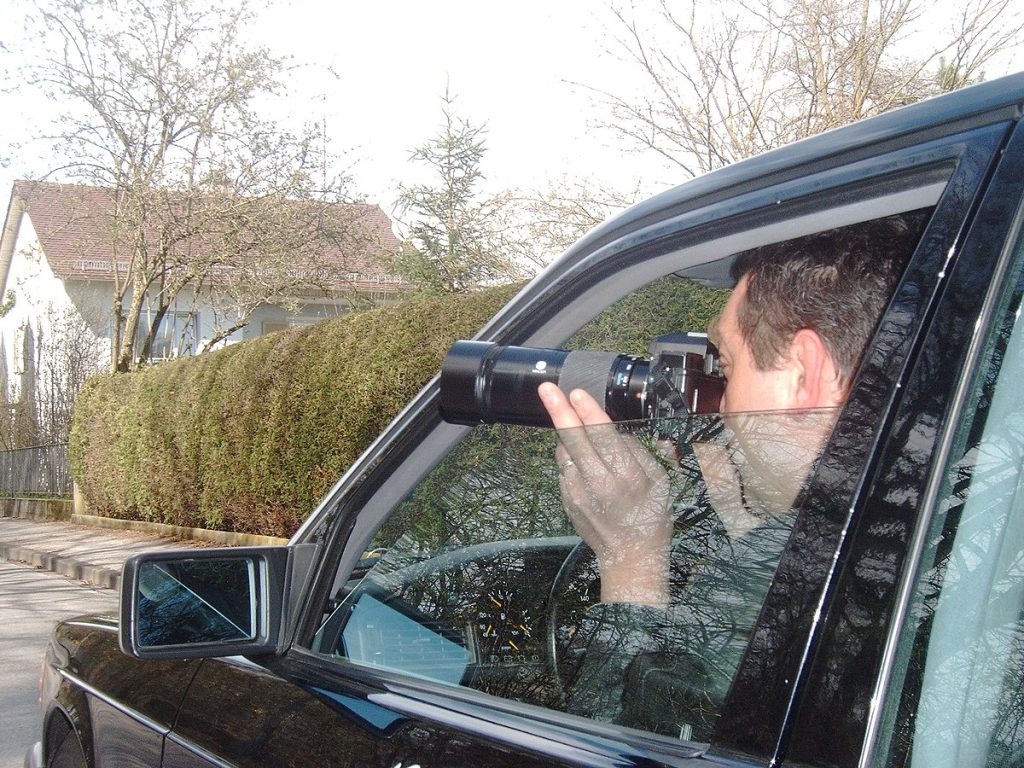Executive Summary
Final Rule on
Operation of Small Unmanned Aircraft Systems Over People
December 28, 2020

The rule will eliminate the need for those operations to receive individual Part 107 waivers from the FAA.
The final rule amends the existing Part 107 in Title 14 of the Code of Federal Regulations. The rule has
been sent to the Office of the Federal Register and will become effective 60 days after the publication
date in the Federal Register. Publication is expected in January 2021. Compliance timeframes and major
provisions are summarized below.
Category 1, Category 2, Category 3, and Category 4 Eligibility for operations over people
The final rule establishes four new categories of small unmanned aircraft for routine operations over
people: Category 1, Category 2, Category 3, and Category 4. The final rule also allows for routine
operations over moving vehicles.
• Category 1 eligible small unmanned aircraft must weigh less than 0.55, including everything on
board or otherwise attached, and contain no exposed rotating parts that would lacerate human
skin. No FAA-accepted Means of Compliance (MOC) or Declaration of Compliance (DOC)
required.
• Category 2 eligible small unmanned aircraft must not cause injury to a human being that is
equivalent to or greater than the severity of injury caused by a transfer of 11 foot-pounds of
kinetic energy upon impact from a rigid object, does not contain any exposed rotating parts that
could lacerate human skin upon impact with a human being, and does not contain any safety
defects. Requires FAA-accepted means of compliance and FAA-accepted declaration of
compliance.
• Category 3 eligible small unmanned aircraft must not cause injury to a human being that is
equivalent to or greater than the severity of injury caused by a transfer of 25 foot-pounds of
kinetic energy upon impact from a rigid object, does not contain any exposed rotating parts that
could lacerate human skin upon impact with a human being, and does not contain any safety
defects. Requires FAA-accepted means of compliance and FAA-accepted declaration of
compliance.
• Category 4 eligible small unmanned aircraft must have an airworthiness certificate issued under
Part 21 of FAA regulations. Must be operated in accordance with the operating limitations
specified in the approved Flight Manual or as otherwise specified by the Administrator. The
operating limitations must not prohibit operations over human beings. Must have maintenance,
preventive maintenance, alterations, or inspections performed in accordance with specific
requirements in the final rule.
Operating Rules
Operations at Night
• Remote pilots in command who wish to conduct small unmanned aircraft operations at night
must complete either the updated initial test or the updated recurrent online training prior to
conducting such operations.
• Additionally, prior to conducting small unmanned aircraft operations at night, the small
unmanned aircraft must be equipped with anti-collision lights that can be seen for 3 statute
miles and have a flash rate sufficient to avoid a collision. These anti-collision lights must be
operational.
Operations Over People
• Category 1 eligible aircraft:
o Small unmanned aircraft must weigh less than 0.55, including everything on board or
otherwise attached, and contain no exposed rotating parts that would lacerate human
skin. Remote pilots are prohibited from operating a small unmanned aircraft as a
Category 1 operation in sustained flight over open-air assemblies unless the operation
meets the requirements for standard remote identification or remote identification
broadcast modules established in the Remote ID Final Rule.
• Category 2 eligible aircraft:
o Remote pilots are prohibited from operating a small unmanned aircraft as a Category 2
operation in sustained flight over open-air assemblies unless the operation meets the
requirements for standard remote identification or remote identification broadcast
modules established in the Remote ID Final Rule.
o Requires means of compliance and declaration of compliance by applicant.
• Category 3 eligible aircraft:
o Must not operate the small unmanned aircraft over open-air assemblies of human
beings.
o May only operate the small unmanned aircraft above any human being if operation
meets one of the following conditions:
The operation is within or over a closed- or restricted-access site and all human
beings located within the closed- or restricted-access site must be on notice that
a small unmanned aircraft may fly over them
The small unmanned aircraft does not maintain sustained flight over any human
being unless that human being is directly participating in the operation of the
small unmanned aircraft; or located under a covered structure or inside a
stationary vehicle that can provide reasonable protection from a falling small
unmanned aircraft.
• Category 4 eligible aircraft:
o Must have an airworthiness certificate issued under part 21.
o Must be operated in accordance with the operating limitations specified in the
approved Flight Manual or as otherwise specified by the Administrator. The operating
limitations must not prohibit operations over human beings.
o Must have maintenance, preventive maintenance, alterations, or inspections performed
in accordance with specific maintenance requirements detailed in the final rule.
o Remote pilots are prohibited from operating a small unmanned aircraft as a Category 4
operation in sustained flight over open-air assemblies unless the operation meets the
requirements of standard remote identification or remote identification broadcast
modules established in the Remote ID Final Rule.
Operations over moving vehicles
• Must be Category 1, Category 2, and Category 3, eligible to operate over people, may not
maintain sustained flight over moving vehicles; transit operations only.
• For an operation under Category 1, Category 2, or Category 3, the small unmanned aircraft,
throughout the operation—
o Must remain within or over a closed- or restricted-access site, and all human beings
located inside a moving vehicle within the closed- or restricted-access site must be on
notice that a small unmanned aircraft may fly over them; or
o Must not maintain sustained flight over moving vehicles.
• For a Category 4 operation, the small unmanned aircraft must —
o Have an airworthiness certificate issued under part 21 of this chapter.
o Be operated in accordance with the operating limitations specified in the approved
Flight Manual or as otherwise specified by the Administrator. The operating limitations
must not prohibit operations over human beings located inside moving vehicles.
Remote Pilot knowledge test changes
The final rule updates the initial Remote Pilot knowledge test to include night subject areas.
Additionally, the final rule replaces the requirement to complete an in-person recurrent test every 24
calendar months. The updated requirement is for remote pilots to complete online recurrent training
which will include night subject areas. The online recurrent training will be offered free of charge to
remote pilots.
Inspection, testing, and demonstration of compliance
A remote pilot in command, owner, or person manipulating the flight controls of a small unmanned
aircraft system must:
• Have in that person’s physical possession and readily accessible the remote pilot certificate with
a small UAS rating and identification when exercising the privileges of that remote pilot
certificate.
• Present his or her remote pilot certificate and identification upon a request from the FAA, NTSB,
TSA, or any Federal, state, or local law enforcement officer.
• Make available, upon request, to the FAA any document, record, or report required to be kept
under FAA regulations.
• Upon request, must allow the FAA to test or inspect the small unmanned aircraft system, the
remote pilot in command, the person manipulating the flight controls of a small unmanned
aircraft system, and, if applicable, the visual observer to determine compliance with the rule.
Design and Production Rules for Manufacturers
• Some existing Category 1 small unmanned aircraft may meet the performance-based
requirements to be eligible for Category 1 operations over people of this rule beginning the
effective date of the rule (Those that have already been produced with propeller
guards/shrouds that prevent the blades from causing laceration to human skin upon impact).
• Manufacturers may bring to market retrofit propeller guards to install on existing small
unmanned aircraft to make them eligible for Category 1 operations over people beginning after
effective date of this rule.
• Some existing small unmanned aircraft may meet the performance-based requirements to be
eligible for Category 2 operations over people of this rule once FAA-accepted MOC and DOC are
received.
• Small unmanned aircraft may meet the performance-based requirements for Category 2 of this
rule upon FAA-Accepted MOC/DOC 9-12 months after the effective date of this rule.
• Small unmanned aircraft may meet the performance-based requirements for Category 3 of this
rule upon FAA-Accepted MOC/DOC 9-12 months after the effective date of this rule.
• Category 4 small unmanned aircraft for operations over people may receive an airworthiness
certificate beginning 6-12 months after the effective date of this rule.
Major Changes from Proposed Rule to Final Rule
• Category 1 small unmanned aircraft cannot have any exposed rotating parts that would lacerate
human skin.
• Category 1, Category 2, and Category 4 remote pilots are prohibited from operating a small
unmanned aircraft in sustained flight over open-air assemblies unless the operation meets the
requirements of standard remote identification or remote identification broadcast modules
established in the Remote ID Final Rule.
• Added a Category 4 of small unmanned aircraft that may be eligible for operations over people
and moving vehicles.
• Allow operations over moving vehicles.
• Remote pilot, owner, or person manipulating the controls must have in their physical possession
and readily available their remote pilot certificate.






